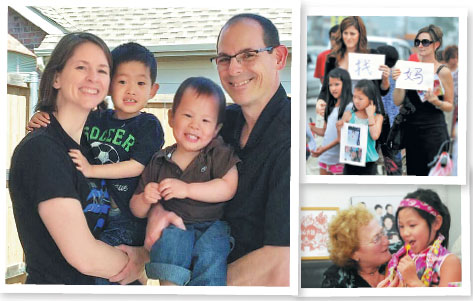China leads way on US adoptions
Updated: 2016-04-18 07:49
By Hezi Jiang In New York And Luo Wangshu In Beijing(China Daily USA)
|
||||||||
Foreigners attracted by efficient system and strong oversight
China remains the United States' most accessible source of adoptions from overseas, thanks to an efficient system and strong oversight of orphans, according to two experts. They spoke as the number of foreign adoptions by US families fell to the lowest level in three decades. However, 2,354 Chinese children were adopted by US citizens last year, a 15 percent increase from 2014. The figure accounted for 42 percent of all foreign adoptions in the US, according to the US Department of State. According to China's Ministry of Civil Affairs, the number of international adoptions has remained steady in recent years, with between 10 and 15 percent of children adopted by overseas families since 2009.
While foreign adoptions comprise only a small proportion of those in China - about 12 percent in 2014 - most children who are taken in by overseas homes have special needs and are adopted by families for charitable reasons, said Tong Xiaojun, head of the Children's Research Institute of China.
In contrast, Chinese adopters care more about whether the child is good-looking or how tall the child is. "If families already have a boy, they want a girl, and if they have a girl, they want a boy," she said.
"The more advanced medical and welfare systems in the West also encourage foreign families to adopt children with special needs.
"As a result, parents overseas who adopt are more capable of taking care of these children," Tong said, adding that raising special needs children is difficult for many families in China.
Michelle and Scott Morell from Allen, Texas, who have adopted three Chinese children with special needs, said they were drawn to China because the process was very clear compared with some other countries.
"There were more checks and balances in place," Michelle Morell said. "You did this, you did that, and then you were matched with the child."
Two of their boys, Luke from Shaanxi province and Ethan from Anhui, both 3, were born with gastric intestinal problems.
International adoption of baby girls from China started to slow in 2006 when there were fewer infant orphans, and the ones that were available always went for domestic adoptions first.
Shannon Phillips, promotions and outreach director at Great Wall China Adoption, a nonprofit organization that has matched more than 9,000 Chinese children with families in the US, said, "China's waiting program for a child is getting more and more popular."
Under the program, which also exists in some other countries, Chinese orphanages identify children with special needs. Many of these children are being adopted by Western families.
Chuck Johnson, president of the National Council for Adoption, based in Virginia, US, said: "China has been very innovative in identifying children with special needs. In other countries, you really don't know where kids are and you don't know their status.
"China systematically identifies special needs children faster than it did previously, and they become available for adoption. It has also allowed US agencies to partner with orphanages to find families with special needs children.
"I can talk to a family today, they can pick out their child and they will be home this time next year with the child," Phillips said.
Johnson also said the number of foreign adoptions by US families has continued to fall because some countries have been told by the US government that they must improve child welfare to meet the standards for adoption. The US has halted adoptions from Cambodia and Guatemala because of fraud.
"China has the strongest oversight for all orphans. There is a very strong authority that monitors it. Such oversight and protection ... aren't always in place in other countries," Johnson said.
He hopes the US government can do more to help developing countries that don't meet the standards to develop such safeguards.
Phillips said more US families have become open to adopting children on the waiting list.
Three years ago, it would have been something of a shock if they had matched a child over 7 years old, "but now we do that on a regular basis," she said.
Contact the writer at hezijiang@chinadailyusa.com
|
Clockwise fromleft:Michelle and ScottMorellwith their two adopted Chinese sons, Ethan (left) from Anhui and Luke fromShaanxi; a girl identified only asMadison (front right) and her USmother (back right) returned to Anhui looking for the girl's biologicalmother in July 2012; Beth Alpert and her adopted daughter ang Yingying also returned to Anhui at the same time looking for the girl's biologicalmother. Left: Provided To China Daily; Top Right:Bian Shipeng/ For China Daily; Bottomright:Dai Wenxue / For China Daily |

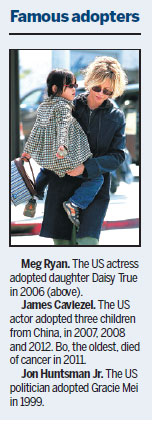
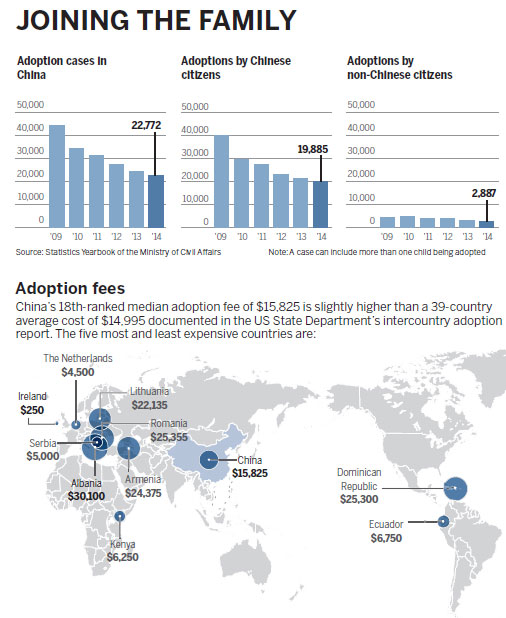
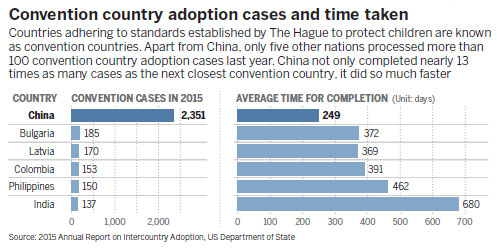

(China Daily USA 04/18/2016 page1)
- US presidential hopefuls battle for New York on eve of primaries
- AP, Reuters, New York Times among 2016 Pulitzer Prize winners
- US voters' anger over big money in politics mounts
- Japan quake survivors struggle with shortages
- Possible MH370 debris found in S. Africa being examined in Australia
- More cooperation among China, Russia, India in global affairs: Chinese FM

 Reuters' Pulitzer-winning photos of migrant crisis in Europe
Reuters' Pulitzer-winning photos of migrant crisis in Europe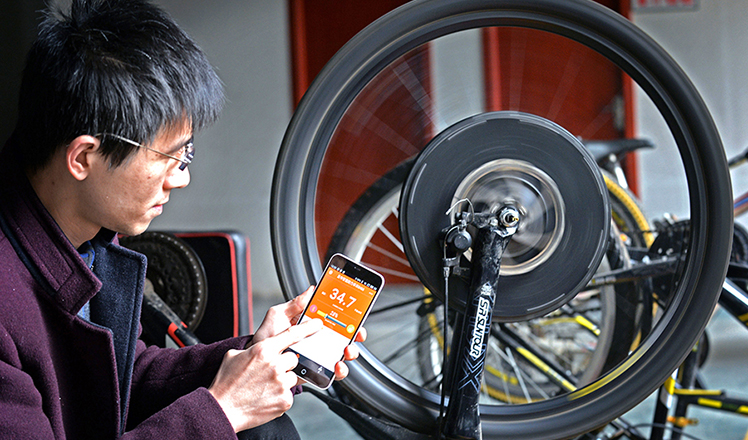
 Young people invent bicycle wheel hub charger
Young people invent bicycle wheel hub charger
 Culture Insider: Five things you may not know about Grain Rain
Culture Insider: Five things you may not know about Grain Rain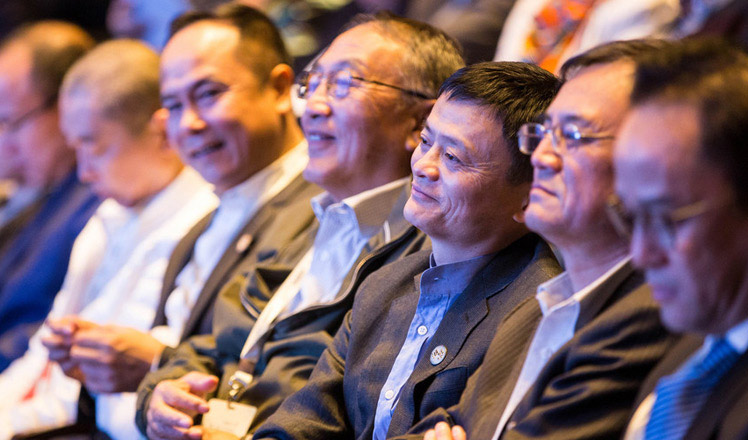
 Smart age makes a billionaire in six years
Smart age makes a billionaire in six years
 China's last steam locomotive is to disappear
China's last steam locomotive is to disappear
 British royal couple visits the Taj Mahal
British royal couple visits the Taj Mahal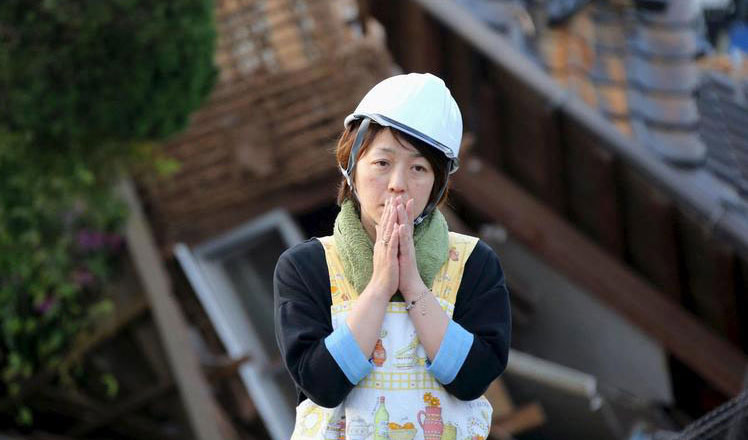
 The world in photos: April 11- April 17
The world in photos: April 11- April 17
 PLA plane lands at Yongshu Jiao reef to help patients
PLA plane lands at Yongshu Jiao reef to help patients
Most Viewed
Editor's Picks

|

|

|

|

|

|
Today's Top News
China's finance minister addresses ratings downgrade
Duke alumni visit Chinese Embassy
Marriott unlikely to top Anbang offer for Starwood: Observers
Chinese biopharma debuts on Nasdaq
What ends Jeb Bush's White House hopes
Investigation for Nicolas's campaign
Will US-ASEAN meeting be good for region?
Accentuate the positive in Sino-US relations
US Weekly

|

|
